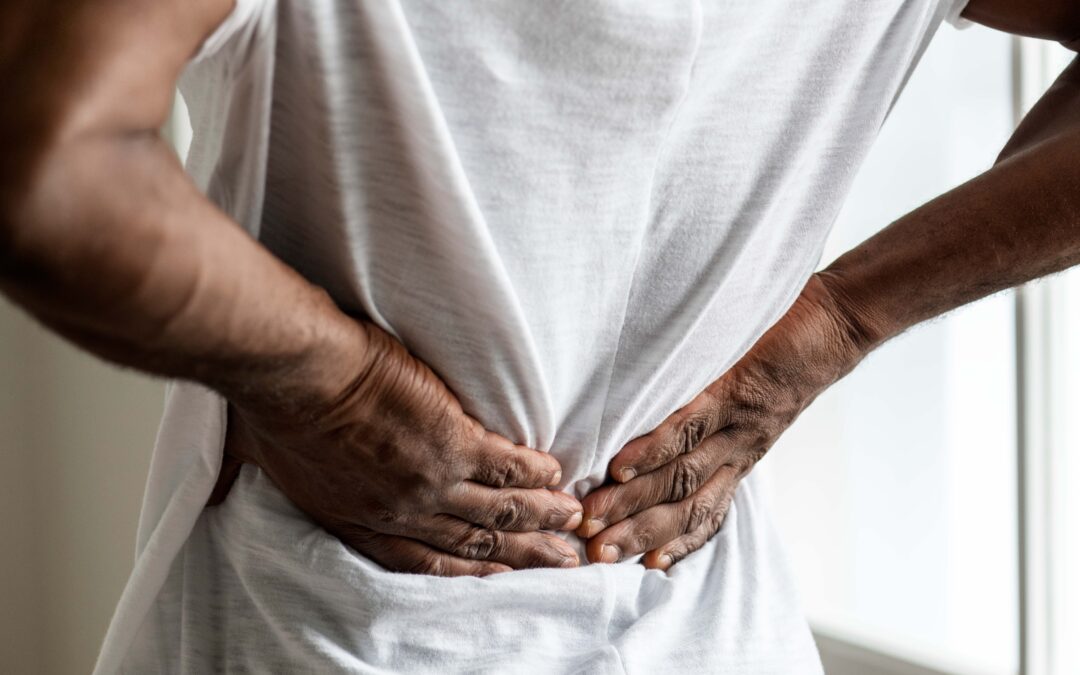We see back pain patients every day, it’s one of the most common things we see in our clinic. About 15 to 20 years ago, when someone with back pain would come in, I’d initially think “oh no, not a low back pain patient” because they can be very difficult to treat. At that point in time, it was hard to target their source of pain and there weren’t a lot of good treatment options for them. Luckily, things have come a long way since then
They’ve changed in the way we can diagnose the pain, meaning that we know the pain generators. When it comes to being a good provider, we must have good diagnostics and have to be able to diagnose what is causing the pain, instead of throwing medications and steroid shots at patients, and not actually knowing what we are treating. What we want is very specific targeted treatments to the source of pain.
Over the last 20 years, I’ve spent a lot of time learning new treatment protocols for low back pain. When it comes to the source of back pain, there’s a few options that are very common. Often times, you get an X-ray or MRI that shows degeneration of the low back, so not the most fun diagnosis. But the good news is there are a lot of things Rejuv Medical can do to help with degeneration. Over time, from daily wear and tear to car accidents, to trips and falls, these things an loosen the ligaments that hold our spines together. Overuse or trauma can cause degeneration of the joint and disks because for years the spine has been grinding on an unstable joint. This causes low back pain, and in some cases, can cause pain to spread down to the leg because of pinched nerves.
From research over the past few years, we’ve found that surgery is not always the best option. There are definite indications for surgery, and they are very small, and they should only be done based on the symptomatology– if you’re having certain symptoms. Usually, surgery for back pain is not very effective; you have a 50/50 chance of getting successful treatment. A lot of clinics are still addressing the pain by injecting steroids into the joint, but about 12 years ago, we completely stopped using high dose steroids in the spine because research has shown that steroids increase the risk of spinal fracture by 1/3. Why does it do that? Steroids or cortisone are made with a type of hormone that breaks down tissue, so one side effect of that is ruptures or ulcers.
Now over the last 6 years, there have been 3 studies showing that there are new products that we can put into the spine, one of them being called Dextrose. This product has been found to be more effective, while avoiding the negative effect of breakdown that steroids can cause. Another study, using Platelet Releasate, a product that comes from your own blood platelets, when injected into the epidural space, this can decrease pain for up to a year. By avoiding degenerating products, we can hep relieve the pain so we can strengthen the area.
One way to strengthen the muscle is with physical therapy, but it doesn’t address the stability that’s causing the shifting and grinding of the joints. For this, there’s PRP, or Platelet Rich Plasma. Over the last 10 years, we’ve been part of a large registry, looking at other clinics that are doing PRP for the spine, and Rejuv Medical ranked #1 amongst other clinics in our spinal outcomes. One of the reasons for this is because we’ve been practicing and even teaching other physicians around the world how to do these procedures. It’s a very in-depth, difficult procedure, but is also very safe and provides good outcomes. PRP uses your own platelets and when injected into an area, can help regenerate the area, create more stability and best of all, allows individuals to avoid harmful things such as surgery and steroids.
Overall, make sure you go to someone that will diagnose correctly, avoid those cortisone shots, and if you do end up needing surgery, we will ensure that you find the right help, even if that means having to refer out of Rejuv Medical.
–Dr. Joel Baumgartner

